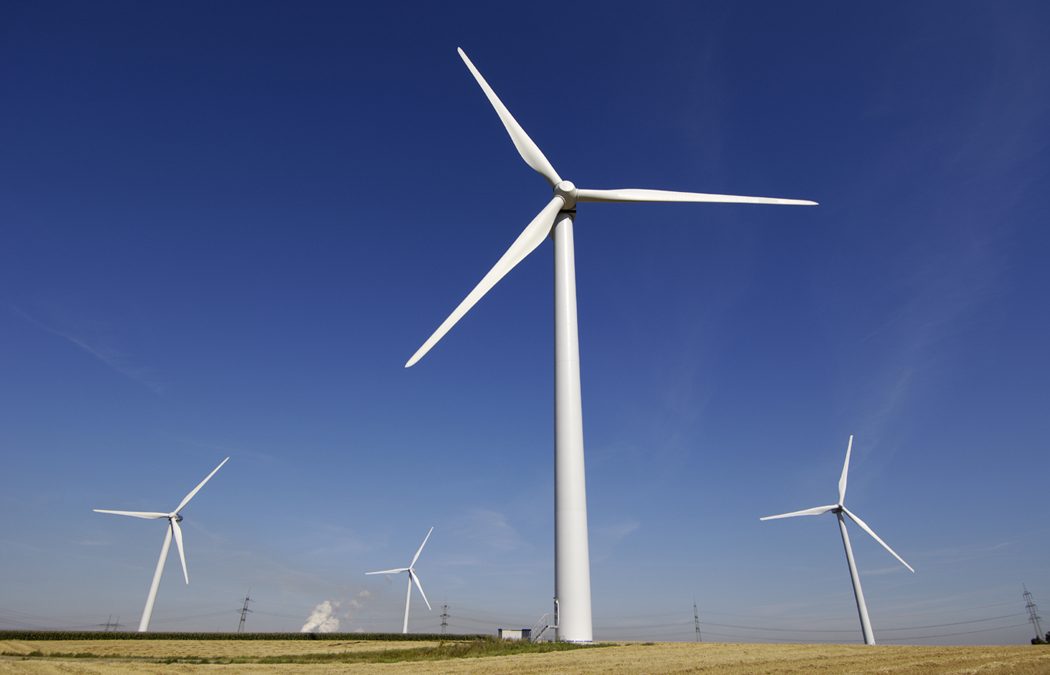
Michael Moore’s last movie, Planet of the Humans, questions the reliability, affordability and sustainability of renewable energy.
The thought-provoking film also highlights the renewables’ dependence on fossil fuels.
Ultimately, the message conveyed by Moore is renewable technology is not enough to save our planet from climate change and the only way forward is for the human race to slow down.
How green are renewables?
Following Moore’s movie broadcasting, various climate experts signed a letter where they claim scientific and technological advancements made renewable energy alternatives more viable and cheaper to run than fossil fuels.
According to a recent report published by the International Renewable Energy Agency (IRENA), it is now more convenient to build new solar photovoltaic (PV) and wind farms than running existing coal plants. This seems to back up Moore’s movie detractors.
Moreover, as suggested by the Intergovernmental Panel on Climate Change (IPCC) Special Report on Renewable Energy Sources and Climate Change Mitigation, renewable energy is much better than fossil fuels exploitation in terms of sustainable development (unlike someone in Moore’s movie suggested).
What are the limitations of renewable technologies?
Although science firmly disagrees with Moore’s views, Planet of the Humans raised valid points on the weaknesses of the most extensively used renewable energy sources.
Solar and wind
Over the quarter of 2020, up to 47% of the electricity demand in the UK was met by renewable energy sources. This record was hit largely thanks to a significant upswing in the energy generated by wind farms and solar arrays.
Nevertheless, solar panels and wind turbines share a series of drawbacks: a fossil-fuelled fabrication process, unsustainable raw materials, intermittency, and a short lifespan (typically up to 25 years).
During the heatwave which hit California last August, grid operators had to impose rolling blackouts due to the extreme surge in energy demand.
One reason leading to this drastic measure was the insufficient power supplied by solar and wind altogether, which normally provides 30% of the overall electricity in the California State. This spotlighted the faults of high-renewables grids, which will need long-duration energy storage technologies to become more resilient.
Biomass
Biomass (or bioenergy) is one of the latest energy sources jumping on the renewable-fuelled bandwagon, yet the most controversial one.
In the UK, the energy produced from biomass currently accounts for ca. the 25% of the total renewable energy share.
Following biomass being granted the “clean energy” label, increasing funds have been invested in wood-fired power plants.
So, is burning trees renewable?
Individuals and non-governmental organisations (NGOs) jointly brought a legal challenge against the Directive RED II in 2019. Their legal case pointed out including forest biomass as a carbon neutral renewable energy source is detrimental for the environment.
The British think-tank Sandbag claimed the deforestation induced by wood’s high demand will cancel out the benefit of not burning coal, thus boosting climate change rather than mitigating it. This is because the new trees will not have the time to grow and capture the carbon dioxide emitted during biomass combustion, thus preventing the process from being carbon neutral. On top of that, most of Europe’s wood supply comes from the US and Canada, which implies an additional carbon footprint due to transportation.
Water
The very first time humans exploited the kinetic power of water was 2,000 years ago when the Greeks used water wheels for grinding wheat into flour.
Since then, gallons of water flowed under the bridge and the H2O-derived renewable energy evolved into two major outputs: hydropower and ocean energy.
- Hydropower
As of 2019, hydroelectricity was still the most productive renewable energy source and represents the 16% of the energy mix generated on a global scale.
While this is an impressive figure for renewable energy, it’s still not enough to ensure a fully clean energy supply in the short term.
Although hydropower generation is fossil fuel-free, the building of hydro dams poses a significant impact on the ecosystem (diversion of river’s course, growth of harmful algal blooms (HABs), and fish death) and is (non-renewable) energy intensive.
Natel Energy adopted a series of environmental engineering strategies to design a more sustainable hydropower system, including fish-safe turbine blades.
Their structures are climate resilient.
What does it mean?
Essentially, they use sophisticated tools (machine learning and satellite imagery) to predict the water level of the dam’s reservoir, thus optimising water management and minimising shortages.
Also, the new hydro dam concept mimics beavers-made barriers, which help preserve water during prolonged drought periods.
Sadly, as reported in this study, the amount of greenhouse gases (GHGs) released by 267 artificial (i.e. created by dams) reservoirs was estimated to be as much as the 1.3% of the global man-made emissions.
Do you know what’s even worse?
The major gas emitted is methane (given off by algae decomposition)!
“So, what?”
Methane is 34 times more impactful than CO2!
- Ocean energy
Dams are not the only way to convert water into electricity.
Besides sequestering 25% of the CO2 from the atmosphere, oceans are an immense resource for energy production.
Scotland hosts the world’s largest tidal array. In 2019, MeyGen plant hit a record for the longest period of uninterrupted electricity generated by a tidal turbine array, producing an amount of energy sufficient to power 3,800 UK average homes.
Last May, the German renewable energy company Sinn Power pitched a hybrid offshore power station: A modular floating platform integrating wave, solar and wind energy.
In 2016, EU predicted up to 10% of the European energy mix could be provided by wave and tidal power by 2050.
Compared to sunshine and wind blowing, ocean motion is more continuous through time, thus constituting a more reliable renewable energy source.
Alas, ocean-derived power is still not as cost-competitive as solar and wind energy and devices employed impact on marine life.
However, scientists have acknowledged its potential, and a lot of work (DTOceanPlus project, Wave Energy Scotland (WES) programme) is undergoing to improve its viability.
Geothermal
Like ocean energy, geothermal power is more consistently available over time, yet it does impact on the enviroment as well.
According to the European Geothermal Energy Council (EGEC), thanks to its versatile applications and many unused reservoirs, geothermal power will play a major role in the energy transition between 2020 and 2030 (which is referred as “Geothermal Decade” by EGEC).
What’s the foreseeable future of renewable energy?
A group of researchers envisioned that, despite social and political challenges, it would be realistic to have 100% wind, water, and solar (WWS) on a global scale by 2050. On the other hand, scientists also concluded individuals should do their part by transitioning their homes and lives.
Based on what argued above, renewables will have a crucial role in the struggle against climate change, yet further research will be required to disentangle clean energy technologies from fossil fuels. Furthermore, people will have to play their part in resolving the energetic conundrum through a more diligent and eco-friendly power usage.




